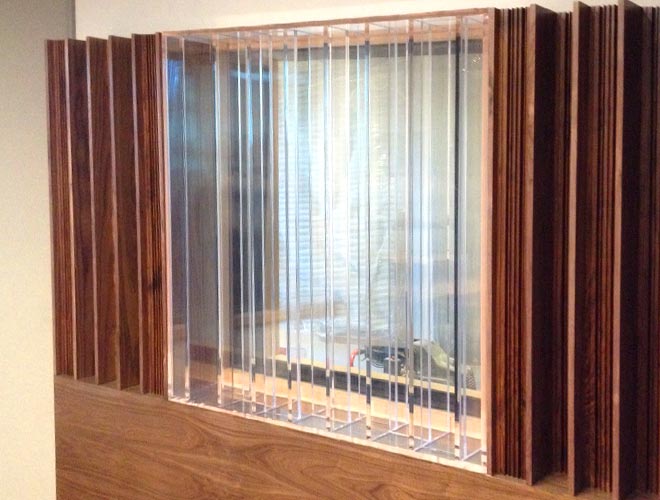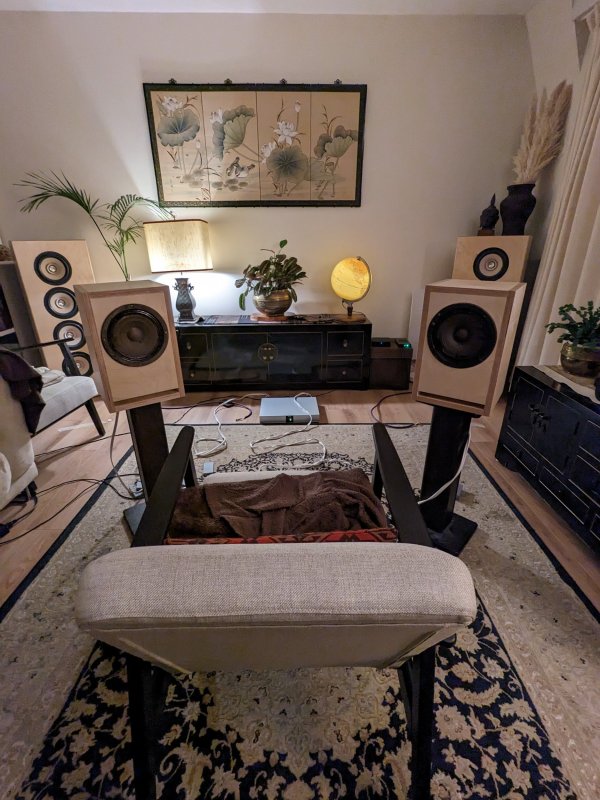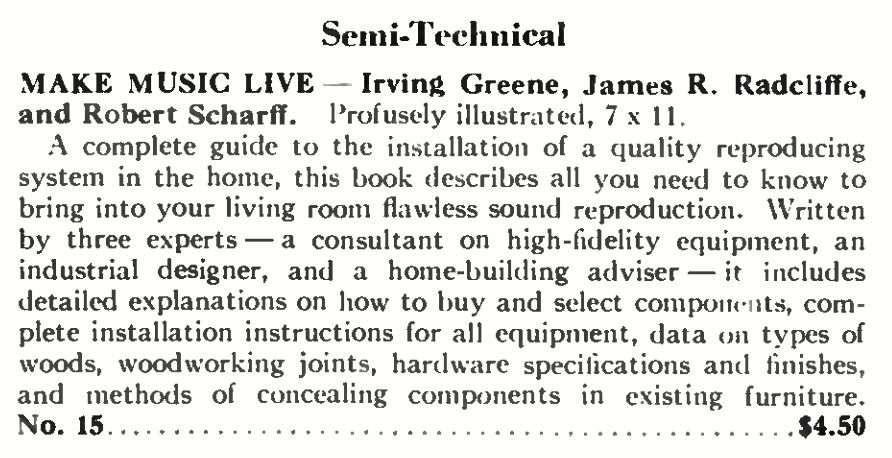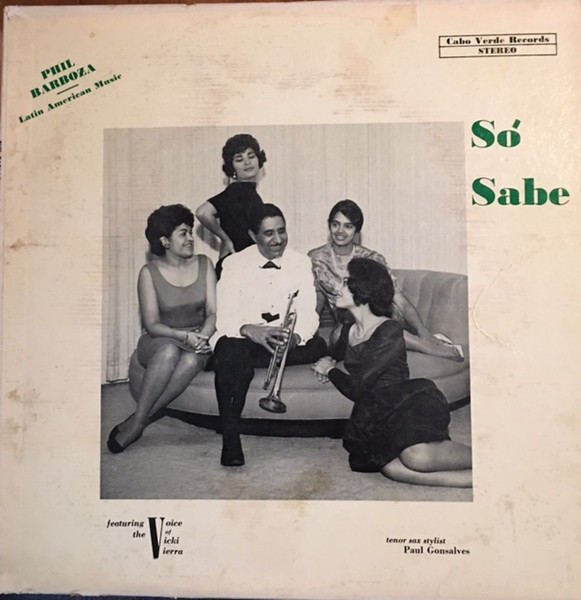Playing around with (removable) acoustic treatment between the speakers. I like the results. Work in progress.

 www.discogs.com
www.discogs.com
Transparent diffuser panels could be nice!

 www.rpgacoustic.com
www.rpgacoustic.com

 www.ezacoustics.com
www.ezacoustics.com

Oliver Jackson - Presents "Le Quartet"
View credits, reviews, tracks and shop for the Vinyl release of "Presents "Le Quartet"" on Discogs.
 www.discogs.com
www.discogs.com
Transparent diffuser panels could be nice!

Diviewsor® A79 Acoustic Panels | RPG Acoustic
Experience advanced sound diffusion with Diviewsor® A79 acoustic panels. Enhance your sound environment with precision-engineered solutions!

EZ 1D Clear Diffuser - EZ Acoustics
Classic diffuser using the QRD (Quadratic Residue Diffuser) formula. Made with polycarbonate. This element features all the benefits of a classic QRD diffuser but incorporates a clear finish. LED lighting can be installed on the back of the diffuser, improving in the aesthetic aspect of the room.
Last edited:












